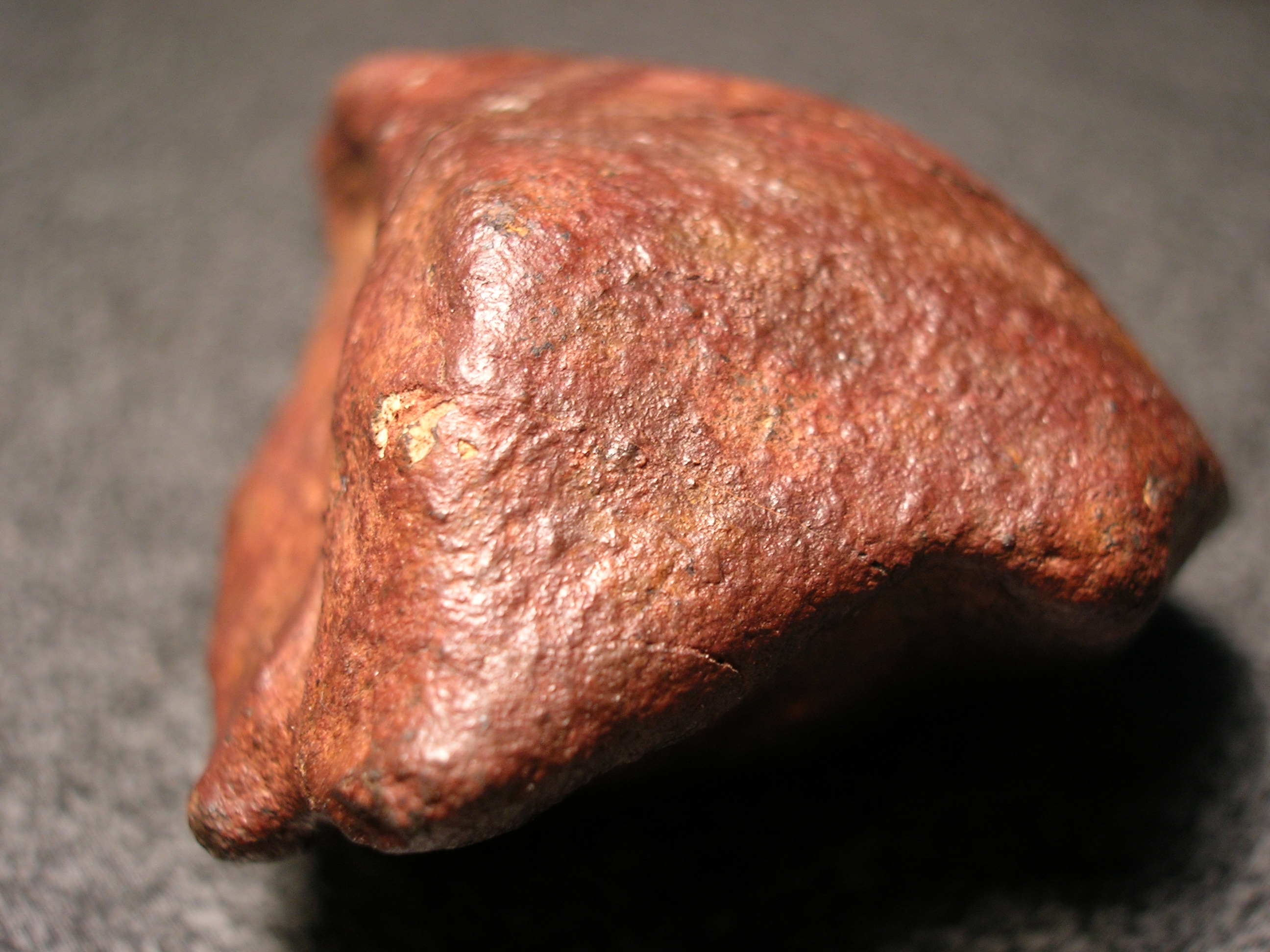
"Prior to the instruction memorandum, we did not allow commercial collection of meteorites," she said. The policy for commercial collecting is new, Kuizon told. "We felt the policy helps the public understand the issues, as well as for our own resource specialists out in the field when they get inquiries." "We tried to account for every kind of occurrence out there," said Lucia Kuizon, national paleontologist at the BLM in Washington, D.C. "This policy ensures that the three listed types of collection on BLM-managed land are allowed, and each of those has guidance under FLPMA," he said. Henry said the only other option under the Federal Lands Policy and Management Act would be to prohibit meteorite collection on federal land except for scientific inquiry. Therefore, meteorites found on public lands are part of the BLM’s surface estate, belong to the federal government, and must be managed as natural resources in accordance with the FLPMA of 1976." Courts have long established that meteorites belong to the owner of the surface estate. The document goes on to note that "recent media attention has increased … confusion about the legality of and limits to casual and commercial collection.

(Image credit: NASA Lunar Science Institute)Īs noted in the new policy, the extraterrestrial origin of meteorites, as well as their relative rarity, "has made them highly desirable to casual collectors, commercial collectors and scientific researchers." This fragment was discovered in a horse pasture outside Lotus, Calif. A close-up of the Sutter’s Mill meteorite, a fragment from a daytime fireball that exploded over parts of California and Nevada on April 22, 2012.


 0 kommentar(er)
0 kommentar(er)
